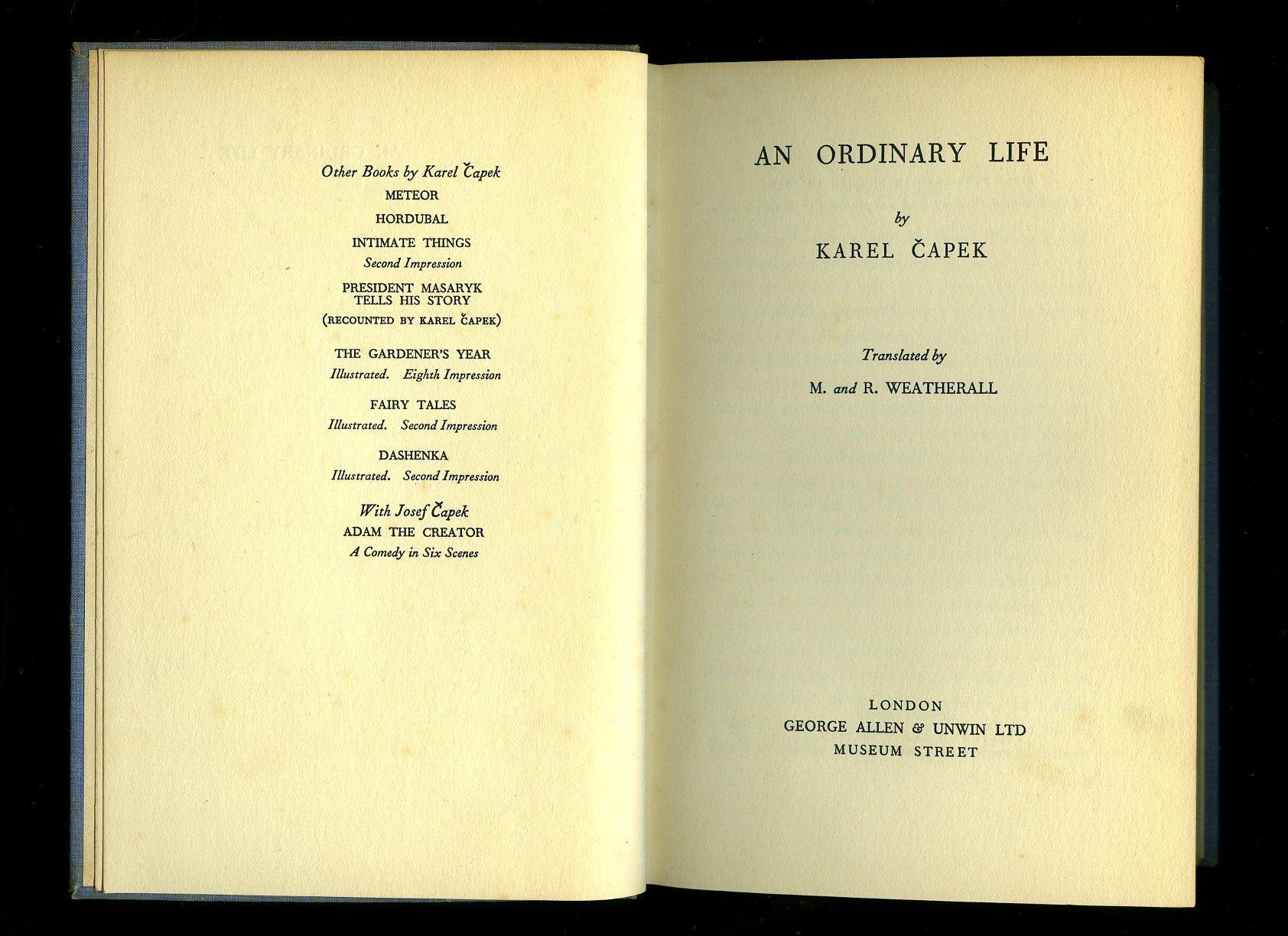This text is part of a collaborative discussion on “normal” or “dailylife.”
The year of children has its routine, its ritual is governed by the seasons; A lonely child plays with eternity, while a pack of children play with time. (Karel Čapek, K (2012) An Ordinary Life, p. 29)
What is an ordinary life? Ordinariness or normality of life changed its meaning after the Pandemic. Voices started to mumble about the death of “Old Normal” and the oracle of due for the “New Normal” without speaking about what that means. There might be a degree of repetition, but none of that is truly ordinary. Was it not the same when we insisted on the “local” without talking about what even “neighbour” means? The meaning of a word in a dictionary does not deliver any indication or connotation of it. Hollow and empty false promises prevail and expand to the outside, but the centre remains somewhere else. Melody of the sounds generates noise and roar, but as if I lost my hearing, I hear nothing.
Karel Čapek’s book, An Ordinary Life (1936), is a great example that shows ordinariness and fissure as coexisting contradictions of life. His book reflects on one’s life as a fictional autobiography and a conversation between different voices, alter ego, from that person’s mind through looking back at uttered memory. One aspect of life is enunciated at the book’s beginning, but soon after, different voices shake the utterance. Čapek borrowed the protagonist’s voices in his novel, showing how “many are there of life’s aspects”. Making a firm and costumed life is only one side with “a fear of the future, of risks, and chances”. The other, hypochondriac, hero, poet, and elbows, continue to appear in different times and places. The elbows control and organise life, and he looks for stability than chaos. His hunger for regularity is a form of fear manifested by the trembling present.
The human body calculates and estimates the outside world constantly, and the human brain figures reasonableness, including the inside and outer body. Is it human nature to place in order? Erasing and eliminating others? So, perhaps, the roar of the “New Normal” is not the symptom of loss but a realisation of hunger when elbows took over the crown. As avarice is terribly similar to some form of depression, the cry for normality is a mass depression that seeks to obtain an understandable world, history, and life. Sounds familiar? Italo Calvino expressed his childhood love for the film as a “distance” from the world during the war. A world that he couldn’t understand, full of signifiers without signifieds. Normality or ordinariness is a way of estimating life. In detail, close look, it has various types of becomings. In a fight or harmony between elements of the becomings, one will eventually take over the other at one point. But as Čapek’s book shows, that is the end of one’s life. Death is a moment when all the estimations finally settle in the normality.
Therefore, I would like to shout: “The ordinary is in the future; never in the present”. It might sound cynical, but if we follow the definition of normality, “the state of being usual, typical, or expected”, sudden fissures in life are ordinariness, if I may say that.

Leave a Reply